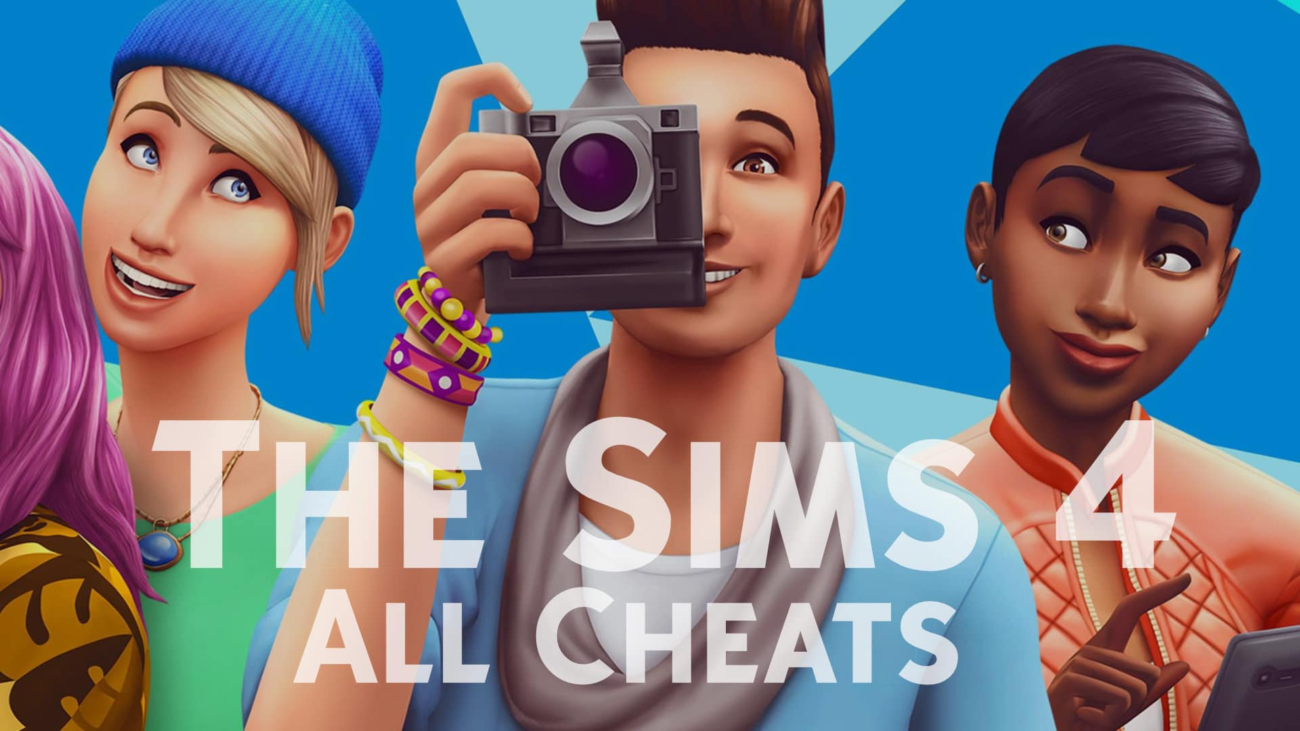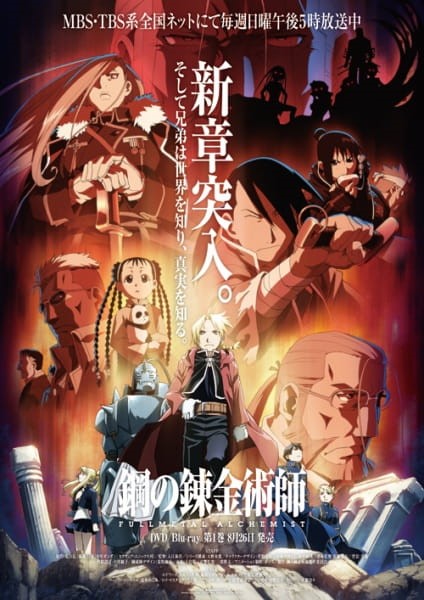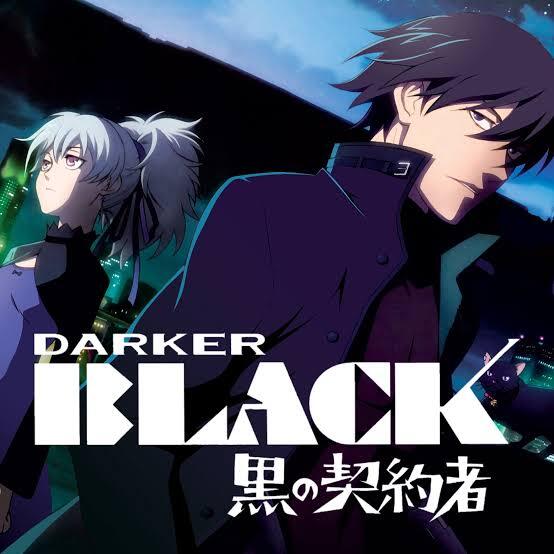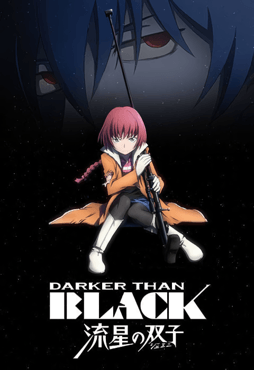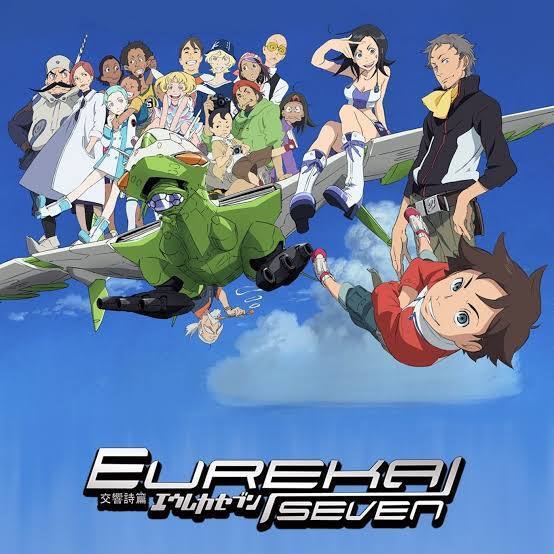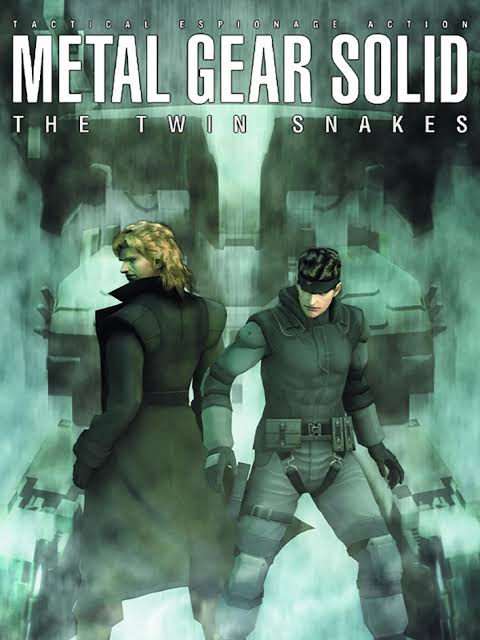Studio Ghibli isn’t just a name—it’s an emotion. If you’ve ever been enchanted by My Neighbor Totoro, heartbroken by Grave of the Fireflies, or transported to a whimsical world in Spirited Away, you already know the power of this iconic Japanese animation studio. Founded in 1985, Studio Ghibli has left a mark on global animation culture, blending heartfelt storytelling with deep environmental and philosophical messages. But like every great story, the history of Studio Ghibli also has its share of challenges, controversies, and complex relationships behind the scenes.
Let’s take a nostalgic yet critical walk through the history of Studio Ghibli.
✨ The Birth of a Legend: 1980s and the Founding of Ghibli
The story of Studio Ghibli starts with two names: Hayao Miyazaki and Isao Takahata. Both were already respected animators in Japan before founding the studio. In 1984, Miyazaki directed Nausicaä of the Valley of the Wind, a film that would change the course of anime forever. Though technically not a Ghibli production, its massive success convinced producers that Miyazaki’s vision was something truly unique.
With support from producer Toshio Suzuki, Studio Ghibli was officially founded on June 15, 1985. The name “Ghibli” itself comes from an Italian word referring to a hot desert wind, symbolizing the studio’s goal of “blowing a new wind through the anime industry.”
🐱 From Totoro to Princesses: The Golden Era
Ghibli’s early films were a mix of childlike wonder and emotional depth. My Neighbor Totoro (1988) became an instant classic—not just in Japan but worldwide. Totoro, the fluffy forest spirit, became the studio’s mascot and is now one of the most recognizable characters in animation history.
Then came Kiki’s Delivery Service (1989), Porco Rosso (1992), and Princess Mononoke (1997), each reflecting a growing maturity in storytelling. Ghibli’s films often tackled complex topics—environmental destruction, pacifism, feminism, and the consequences of industrialization—while still keeping the magic alive.
🏆 Spirited Away: Global Recognition
The true turning point for Studio Ghibli’s global fame came in 2001 with the release of Spirited Away. The film became the highest-grossing movie in Japanese history at the time and won the Academy Award for Best Animated Feature in 2003, defeating even major Hollywood productions.
This wasn’t just a win for Ghibli—it was a massive moment for Japanese animation overall. Spirited Away proved that non-English-language films could dominate international markets, opening doors for anime on a global stage.
⚔️ Controversies Behind the Magic
Even fairy tales have shadows, and Ghibli is no exception.
1. Miyazaki’s Difficult Leadership Style
Hayao Miyazaki is often described as a genius—but also as a perfectionist and extremely demanding. Many animators have shared stories of working long, exhausting hours under his direction. While the quality of Ghibli films is undeniable, it came at the cost of intense workplace pressure, something that’s become more openly discussed in Japan’s animation circles.
2. Isao Takahata’s Conflicts and Delays
Takahata, the co-founder, was equally visionary but notoriously slow. His films, such as Grave of the Fireflies and The Tale of the Princess Kaguya, are stunningly emotional but often plagued by delays and budget overruns. Internal friction between Miyazaki and Takahata grew over time, though both always respected each other’s work deeply.
3. The Disney Partnership Debate
In the late ’90s, Studio Ghibli partnered with Disney for international distribution. While this brought Ghibli to Western audiences, it also sparked concerns among purists who feared that the magic of Ghibli would be diluted or Westernized. Luckily, Disney respected the original content, but the debate about “mainstreaming” Ghibli still lingers.
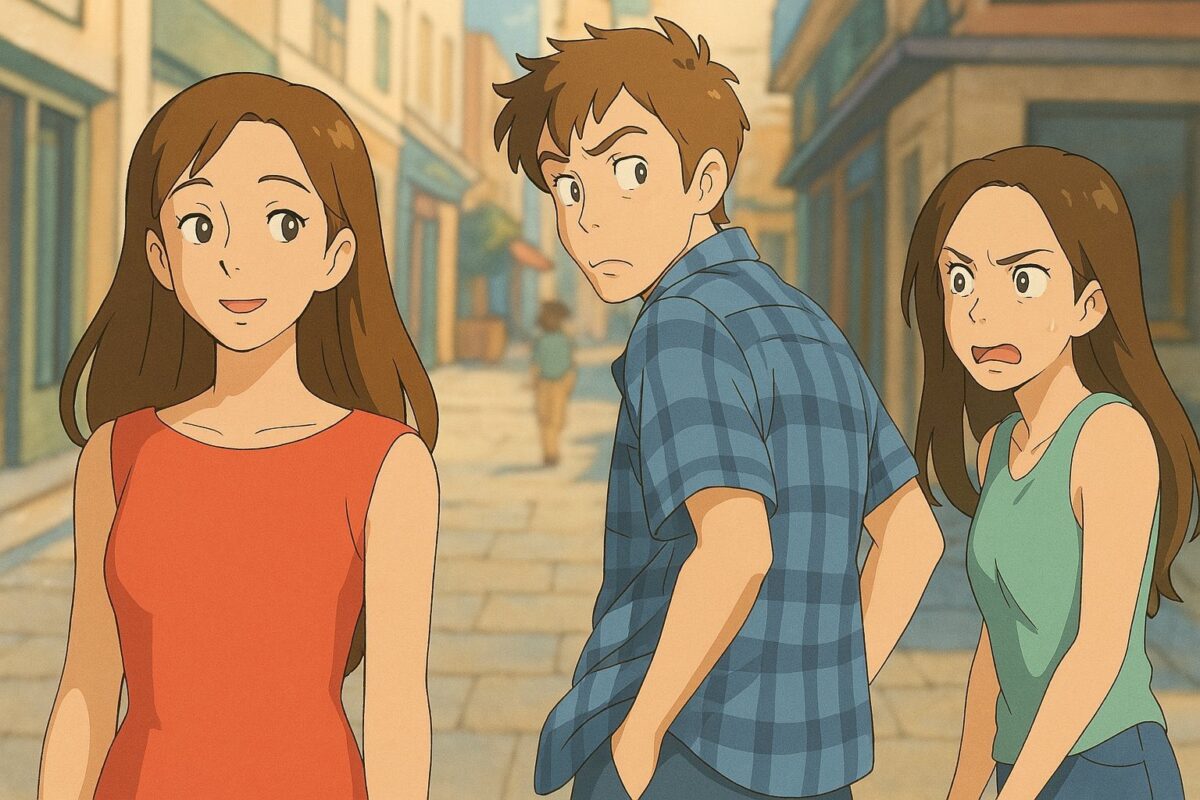
🌿 Themes That Resonate Beyond Borders
One reason Ghibli films continue to stand the test of time is their timeless themes:
- Environmentalism: Films like Princess Mononoke and Nausicaä critique ecological destruction and promote harmony with nature.
- Strong Female Leads: Ghibli often features courageous, independent girls like Chihiro (Spirited Away) and San (Mononoke).
- Coming of Age: Many stories explore the emotional growth of young characters navigating unfamiliar worlds.
- Anti-War Messages: Miyazaki, who grew up during WWII, infuses pacifist values into many works like Howl’s Moving Castle.
These universal messages make Ghibli films accessible and meaningful to audiences of all ages and backgrounds.
💔 A Temporary Goodbye and the Studio’s Struggles
In 2013, Hayao Miyazaki announced his retirement after releasing The Wind Rises. The world mourned the end of an era, and the studio faced a major crisis. With Miyazaki gone, production slowed down. The studio even halted new film development temporarily, focusing only on maintaining its existing works and merchandising.
Many feared Studio Ghibli would never return to its former glory.
🔥 The Return of Miyazaki and the New Generation
But like all great protagonists, Miyazaki came back.
In 2016, he announced he was coming out of retirement to work on How Do You Live?, a film inspired by the 1937 Japanese novel of the same name. Released in Japan in July 2023 and internationally in late 2023, the film marked Ghibli’s triumphant return to the big screen.
Meanwhile, a new generation of animators—like Miyazaki’s son Gorō Miyazaki—has been stepping up, though not without criticism. Gorō’s Tales from Earthsea and Earwig and the Witch received mixed reviews, highlighting the difficulty of filling the legendary shoes of the founding fathers.
🌍 Studio Ghibli Today: Museum, Streaming, and Legacy
Today, Studio Ghibli is more than a film studio. It’s a global brand.
- Ghibli Museum in Mitaka, Tokyo: A magical, interactive experience that attracts tourists from around the world.
- Streaming on Max and Netflix: Many Ghibli films are now available globally through partnerships with platforms like Netflix (outside the U.S.) and HBO Max (U.S.).
- Merchandise and Theme Parks: Ghibli Park opened in Aichi, Japan in 2022, offering fans a chance to step into their favorite worlds.
Despite challenges, Ghibli has maintained its integrity—never rushing production, never compromising on artistic vision.
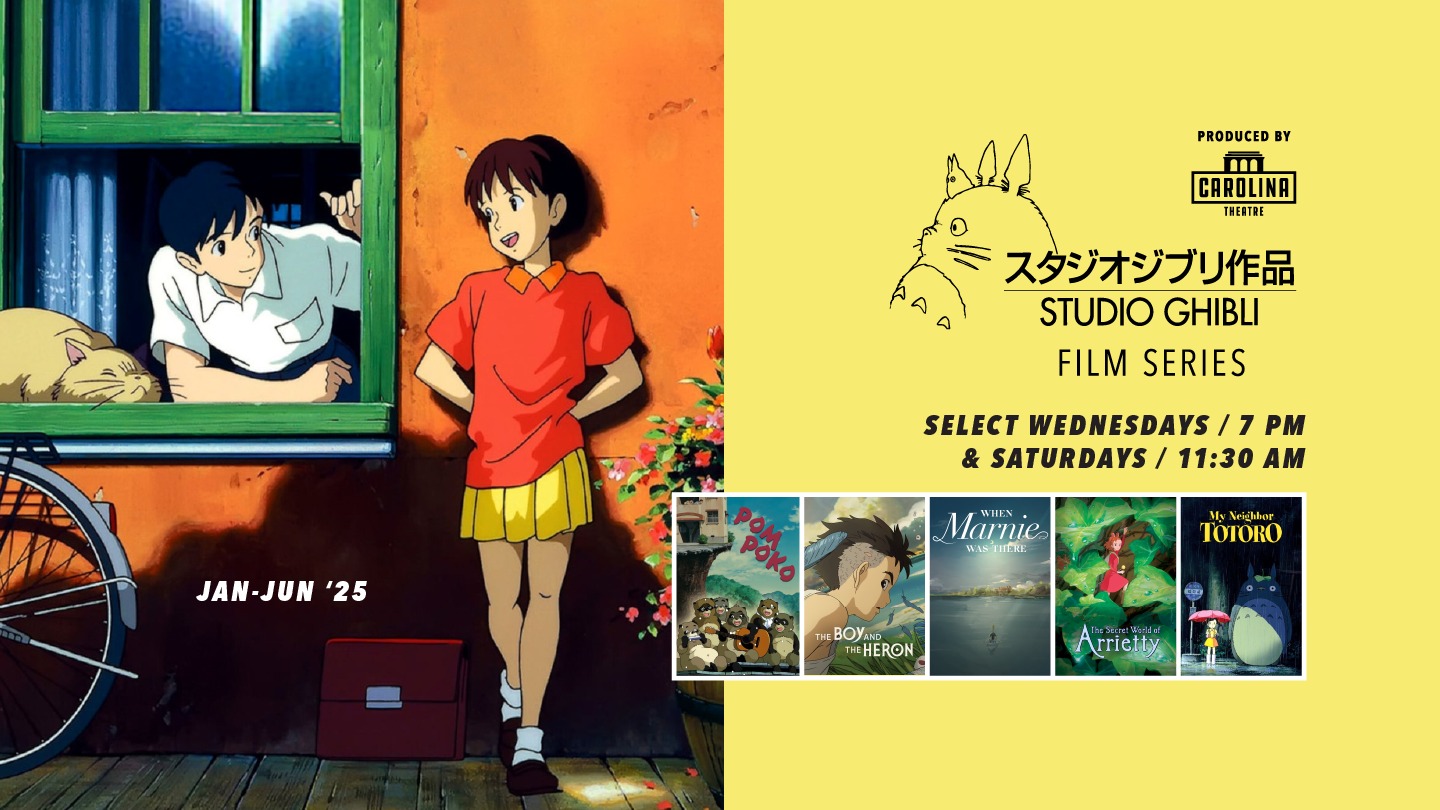
❤️ More Than Just Cartoons
Studio Ghibli isn’t just about anime—it’s about emotion, philosophy, and storytelling on a deeply human level. From flying castles to ancient forests, from courageous girls to misunderstood beasts, Ghibli has painted a world that’s both magical and profoundly real.
It has inspired generations, challenged conventions, and shown that animation can be as deep and meaningful as any form of art. Despite controversies and transitions, Studio Ghibli continues to breathe life into stories the world will never forget.
Q: Is Studio Ghibli owned by Disney?
A: No. Disney only handled international distribution rights for some time. Ghibli remains an independent Japanese studio.
Q: What is the best Studio Ghibli movie?
A: That’s subjective! Spirited Away, Princess Mononoke, and My Neighbor Totoro are among the most loved.
Q: Are Studio Ghibli films suitable for kids?
A: Most are family-friendly, though some (like Grave of the Fireflies) are emotionally intense.
Parag Ferdus | habitablesolution.com
